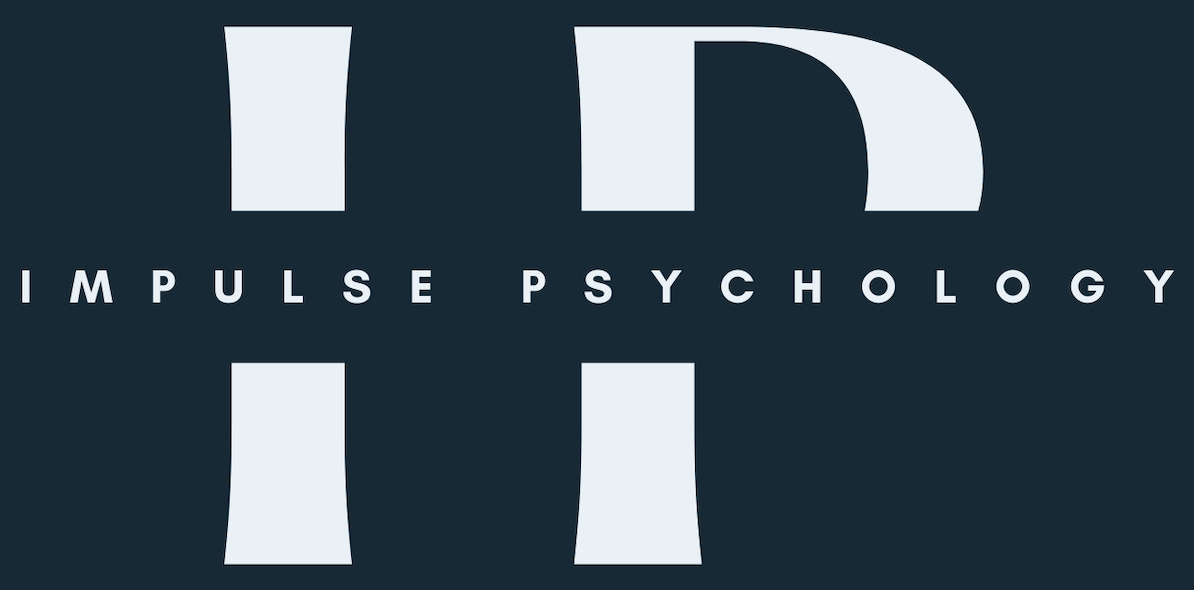How to tell the difference between overeating, emotional eating, and binge eating
As published on Psychology Today
Overeating, emotional eating, and binge eating are all terms used to describe behaviours associated with consuming larger quantities of food. However, they aren’t the same thing—and frankly, they aren’t all problematic. Understanding the nuances between the three can ultimately help to understand what they are and determine whether or not to do anything about them.
Overeating
Of the three terms, overeating is by far the most general. It’s an umbrella term that encompasses a wide variety of behaviours and doesn’t have a standardized definition as to what it actually is. Suffice to say, overeating is incredibly subjective.
One could define overeating by the quantity of food consumed; however, depending on an individual’s nutritional needs and hunger at any given moment, what constitutes “overeating” for one individual in a particular situation, may not, in fact, be reflective of overeating for another individual in a completely different situation. Thus, it may be more helpful to look at overeating on a person-to-person level, examining the frequency of this behaviour, and assessing if it causes distress.
Emotional Eating
Colloquially, emotional eating is a commonly used term to describe the act of eating in response to one’s emotions. You can probably draw to mind at least one of the many tropes that exist around cracking open a bag of chips after a stressful day of work or digging into a pint of ice cream to help lift one’s spirits.
Researchers have tried to get a little more specific in defining this term, such that it can be assessed and studied in a variety of in-lab and real-world settings. Several questionnaires exist to assess emotional eating, including the Dutch Eating Behavior Questionnaire (DEBQ; van Strien et al., 1986) and the Emotional Eating Scale (EES; Arnow, Kenardy, & Agras, 1995); however, there is an ongoing debate in the field about how to define emotional eating and what behaviours fall under said umbrella.
For example, while many scales only focus on eating in response to negative emotions, it remains unclear whether positive emotional eating should also be assessed. Research is ongoing to try and figure out whether or not these two behaviours are related or distinct (i.e., if eating to soothe negative emotions is the same process as eating to amplify positive ones).
There are also some researchers who take the stance that emotional eating is not a behaviour at all, but rather a misattribution after the fact: in this theory, people ascribe their eating to the emotional state they were in when it happened, when in reality, it may have occurred due to other factors (Bongers & Jansen, 2016). All of that to say, there’s a lot more to it than we may think when we hear someone say, “I’m an emotional eater,” and the jury is still out as to all the nuances of this eating behaviour.
Binge Eating
Binge eating is the only term of the three that ties back to a diagnostic category in the DSM, the manual used to classify mental health disorders. In the DSM, binge eating has two primary characteristics that distinguish it from other forms of overeating.
First off, one must consume what is deemed an “unusually large” amount of food within a 2-hour period. Second, during this eating episode, the individual must experience a perceived loss of control over their eating—in other words, feeling like they cannot stop, even if they wanted to.
In addition to these two criteria, there must be the presence of three or more of the following:
eating more quickly than normal
eating until reaching a point of uncomfortable fullness
eating large amounts of food when not physically hungry
eating alone due to embarrassment or shame about one’s eating behaviour
feeling a sense of disgust or guilt with oneself after a binge eating episode
Importantly, and as with all mental health disorders, binge eating goes from being a behaviour to being a disorder if the person is distressed by what they are doing. It also must occur at least once a week for three months. In Canada, diagnoses can usually only be given by psychologists, psychiatrists, and family doctors, upon formal clinical assessment.
Implications for Assessment and Treatment
As mentioned, the key to any diagnosis and subsequent treatment is the caveat that the individual experiencing the behaviour must experience distress because of it. The reality is that overeating, and even emotional eating, are relatively normative and most people will engage in some level of these behaviours over the course of their life without issue. In fact, shaming people for behaviours that aren’t actually problematic can feed into a problem that wasn’t actually there in the first place.
However, in many cases, overeating, emotional eating, and binge eating are behaviours that people engage in when experiencing disordered eating or having difficulties with emotion regulation. In these cases, it's important to get to the bottom of what the function of the behaviour is such that it can be addressed and managed.
